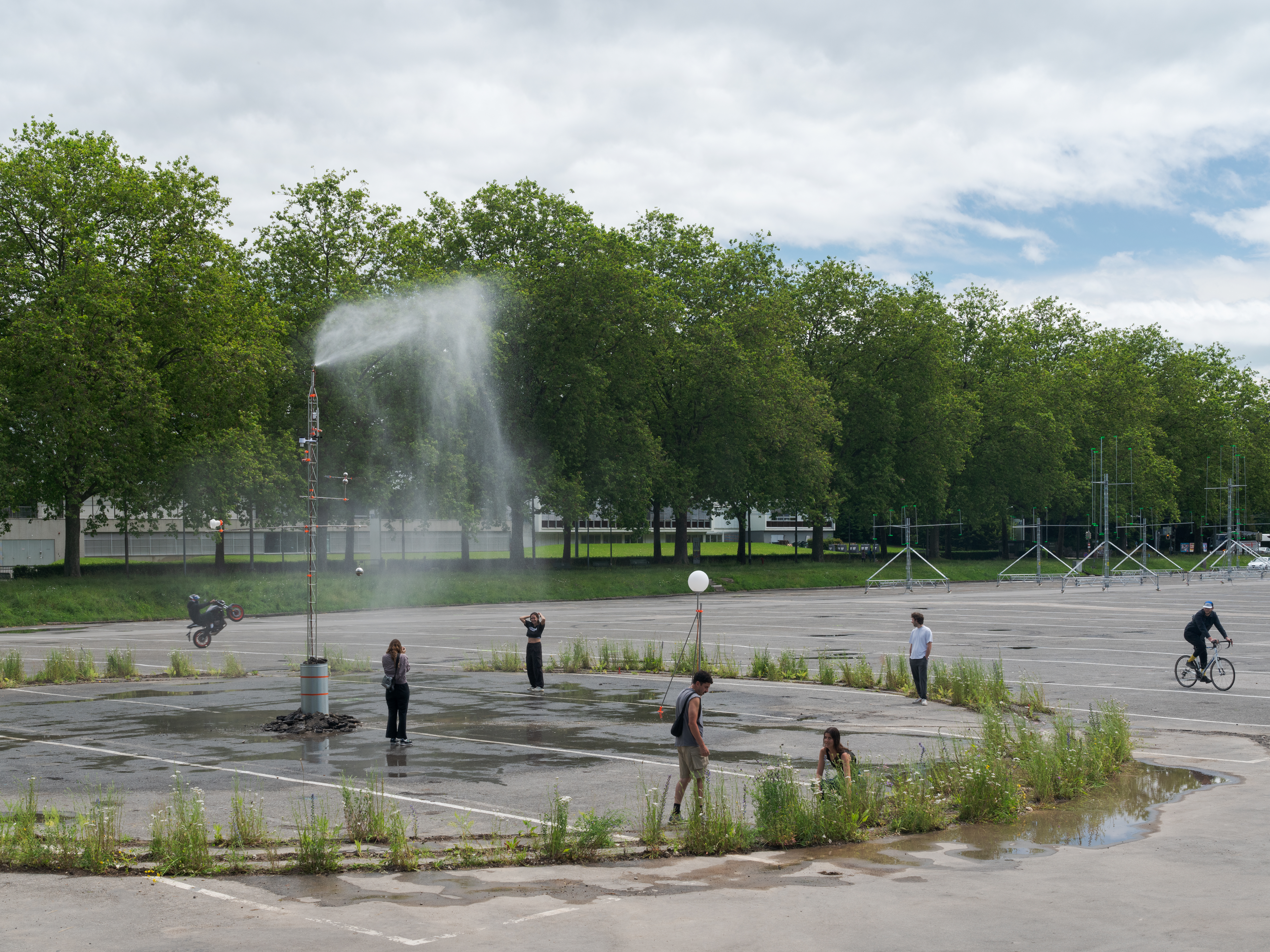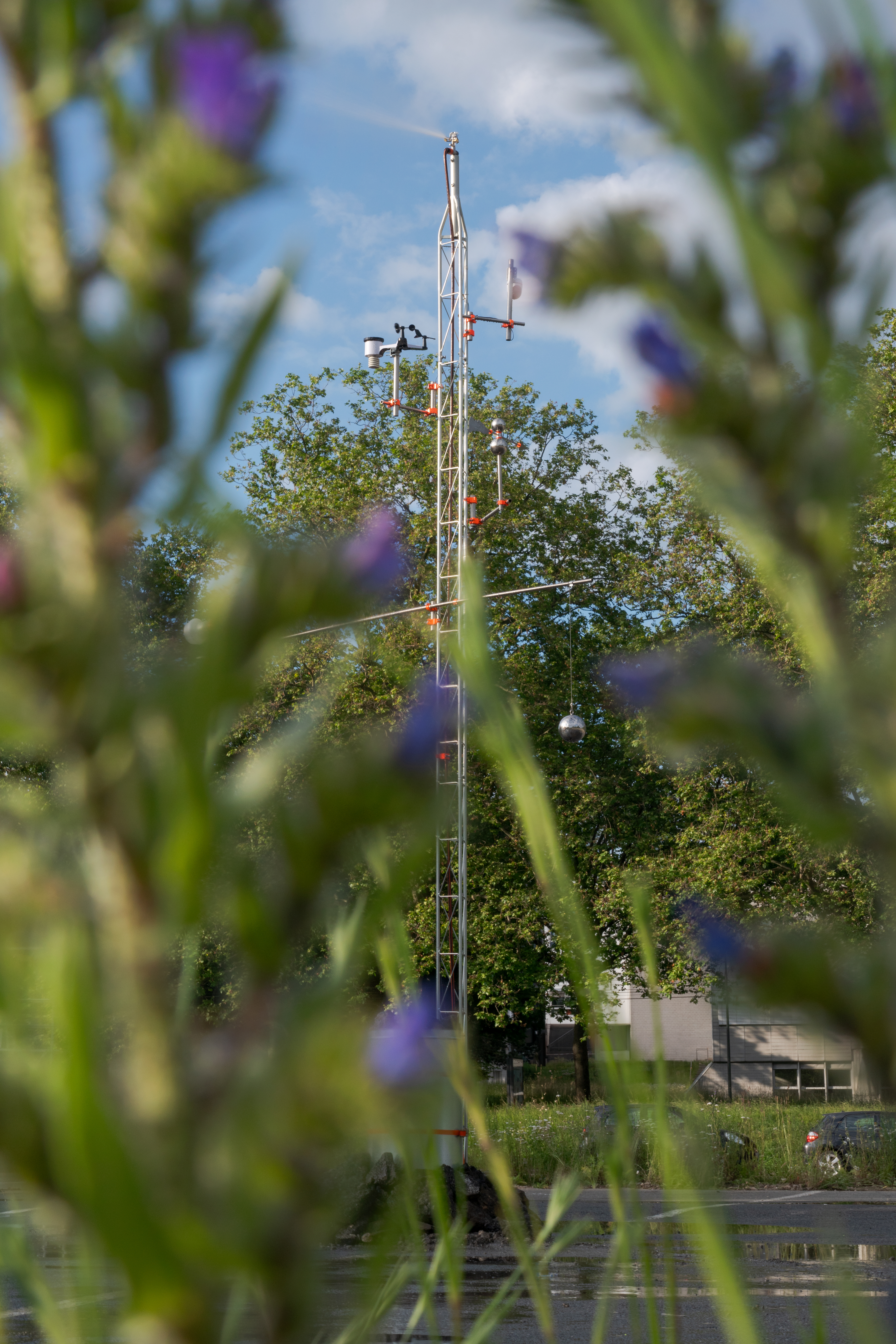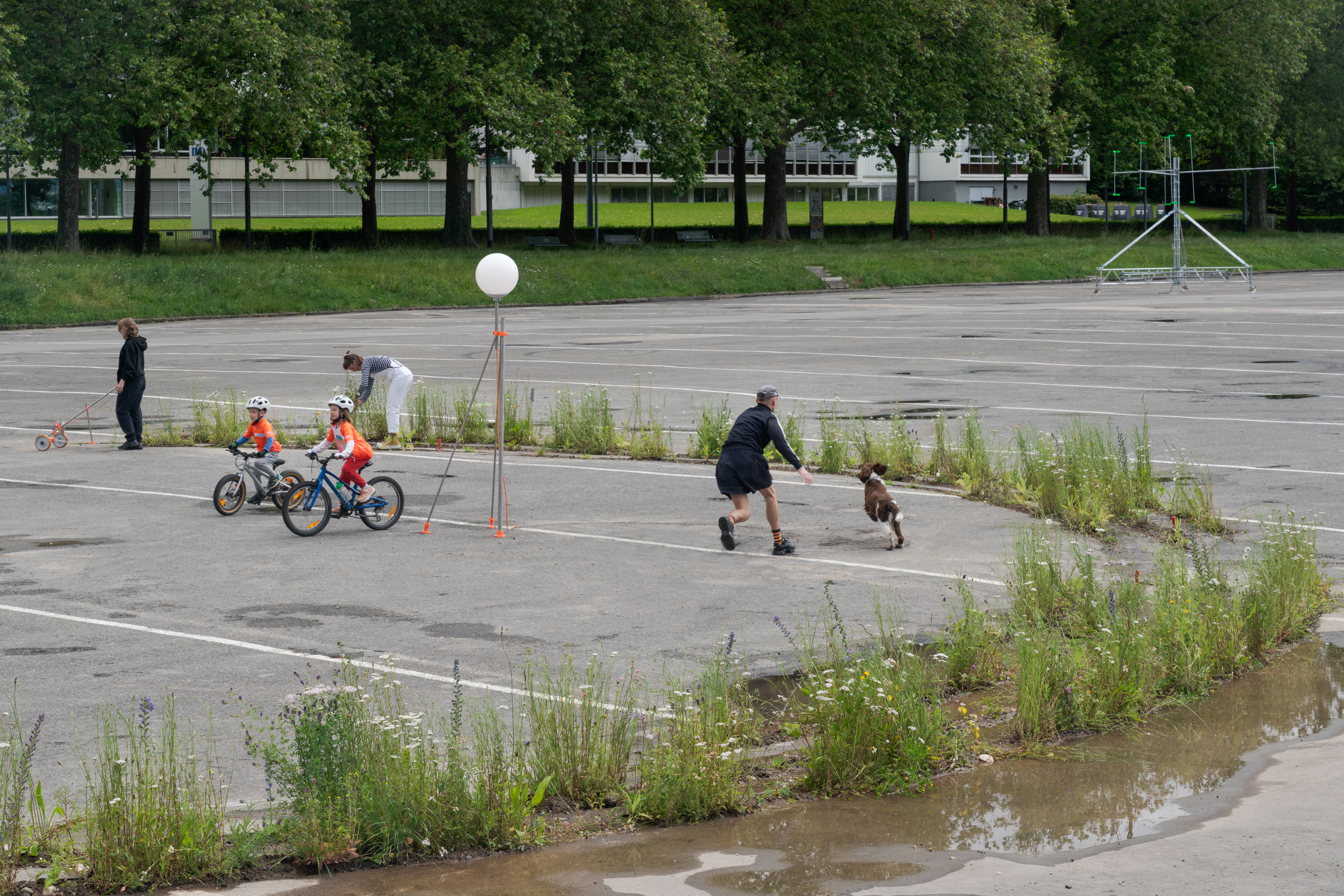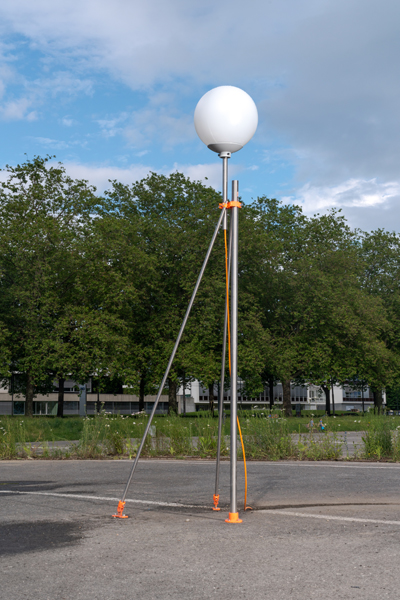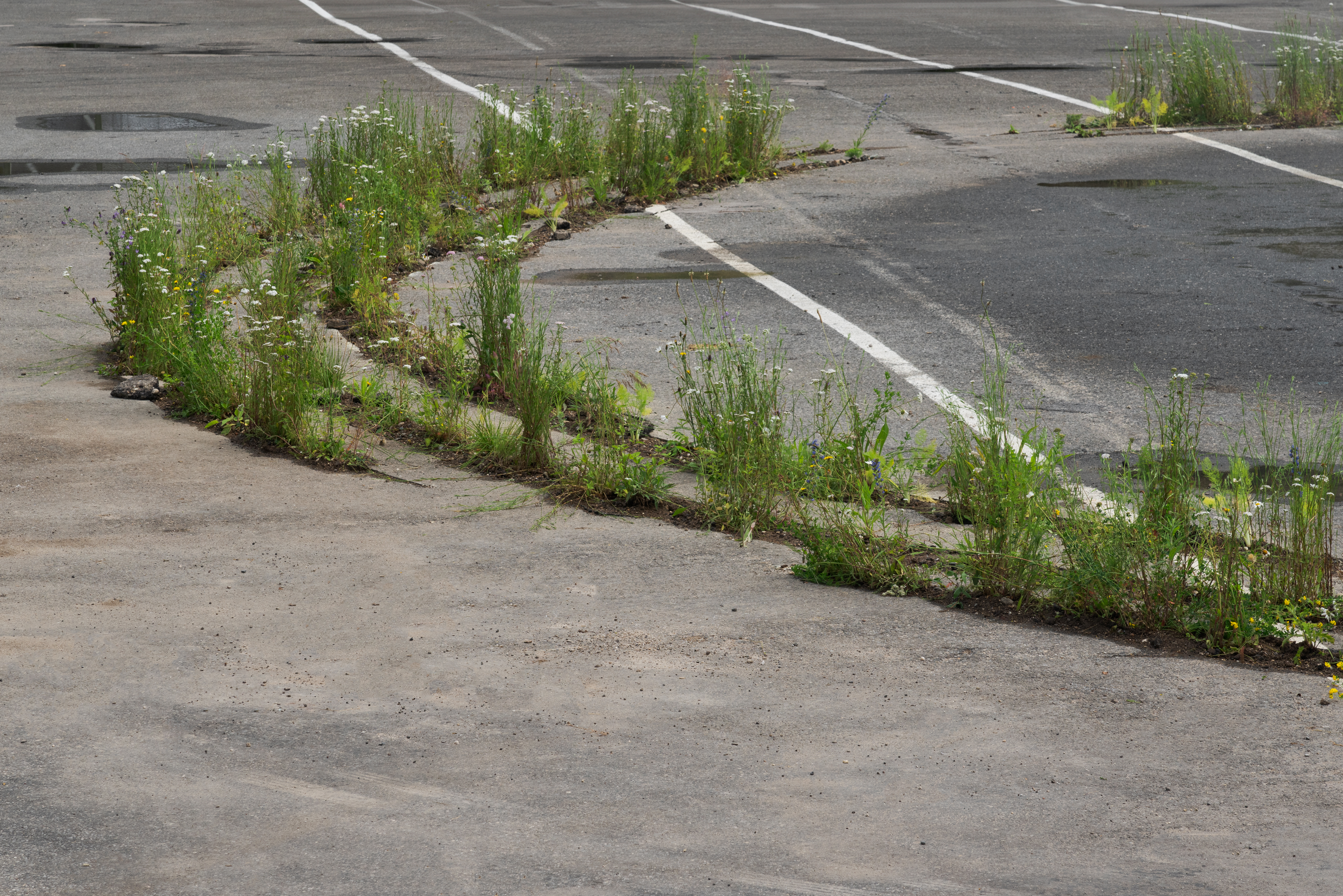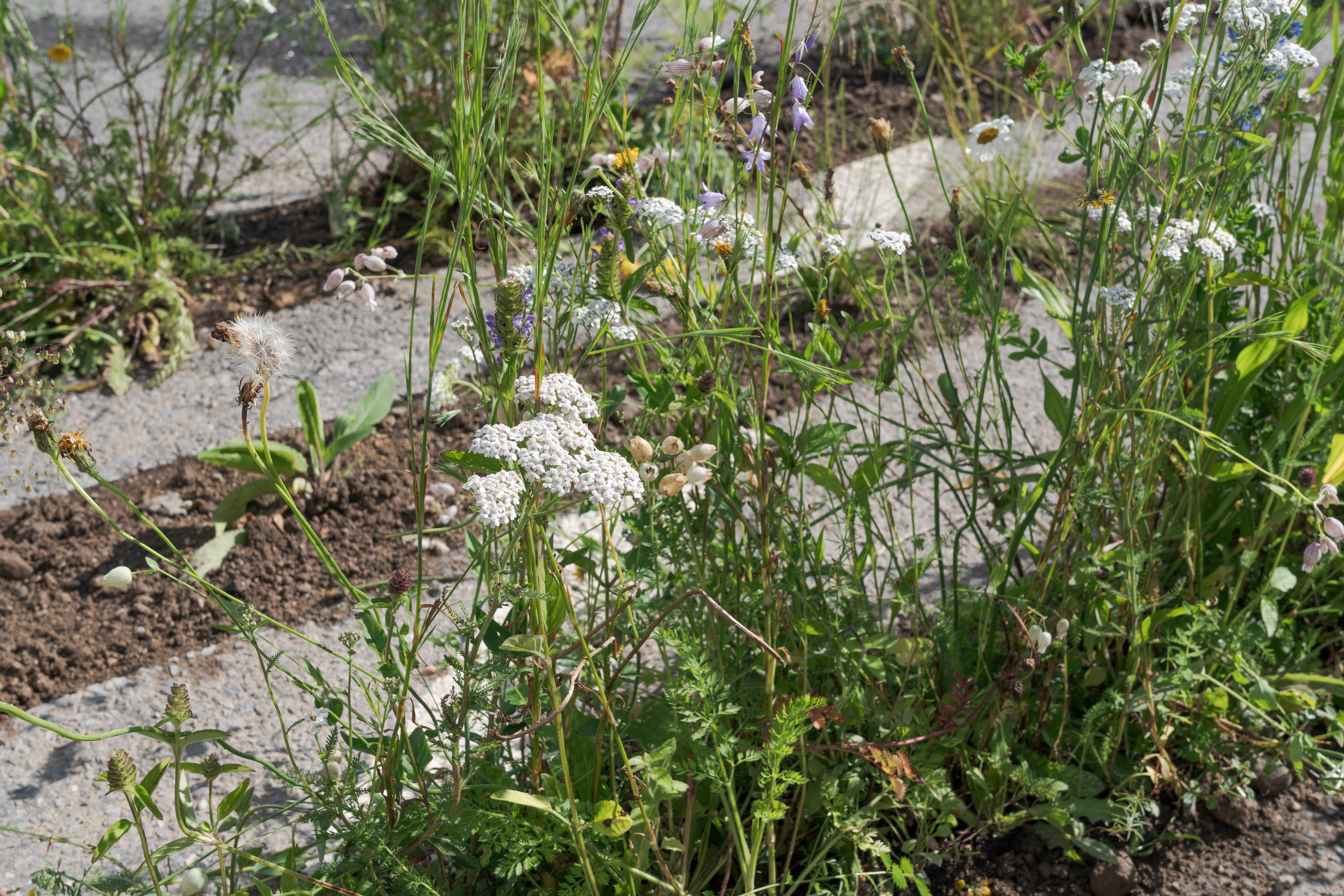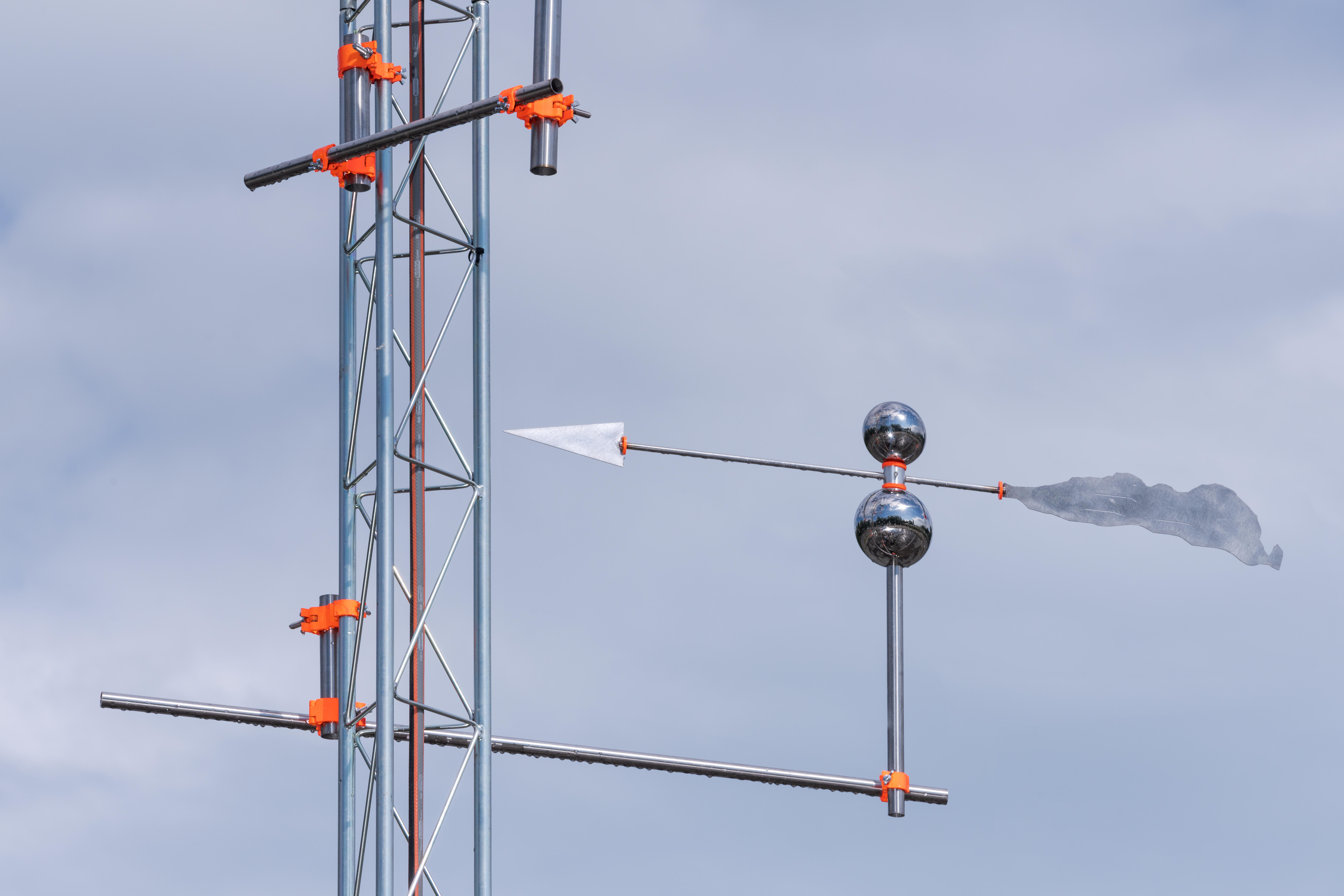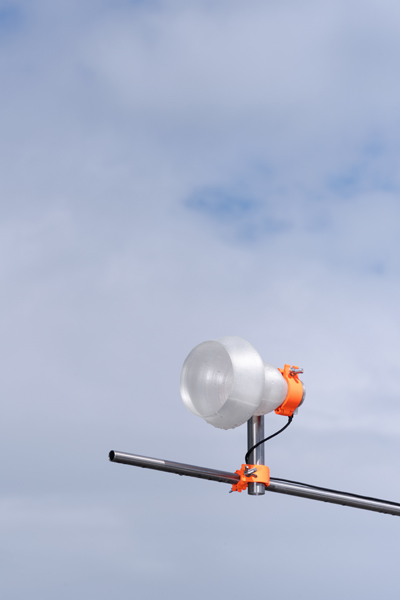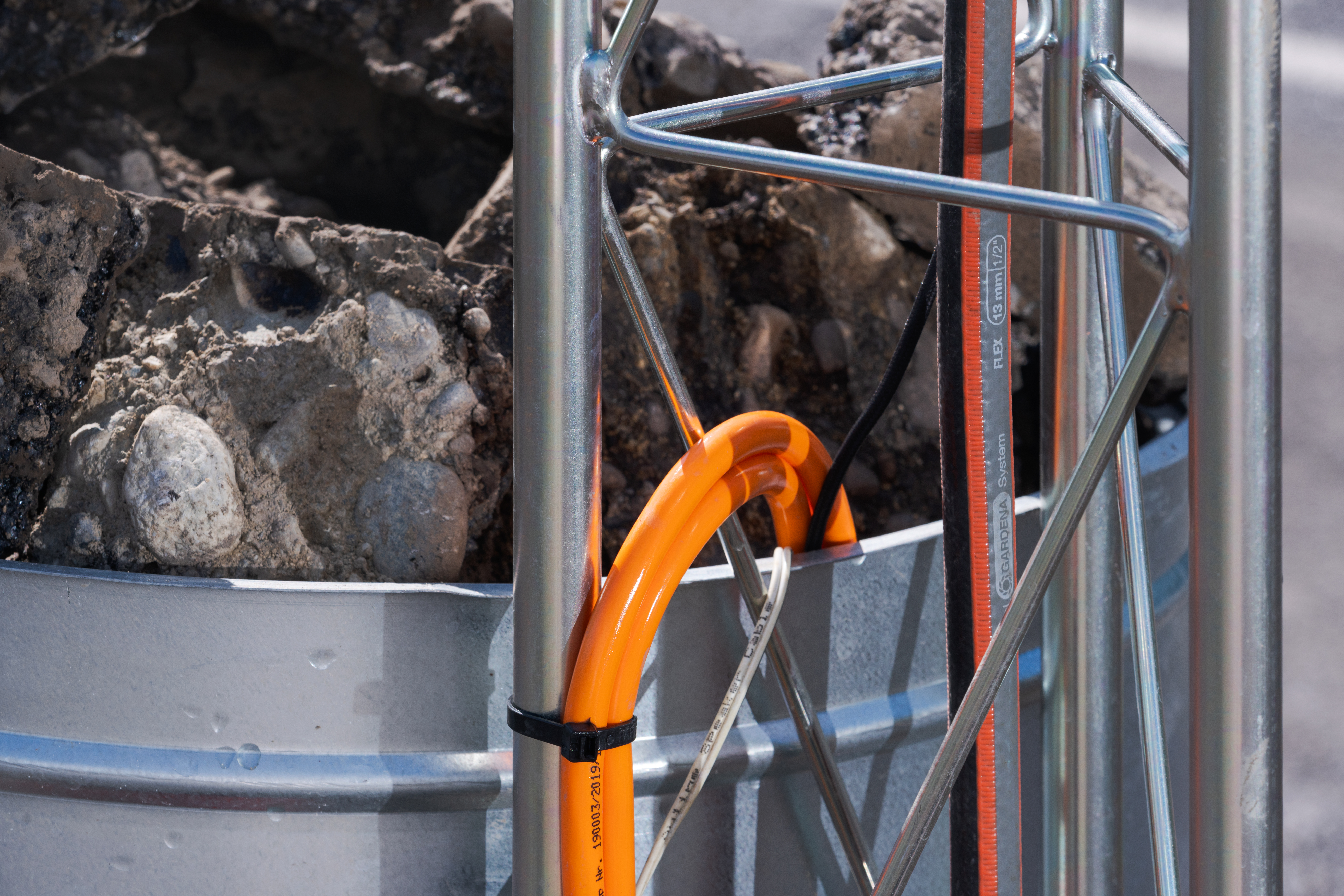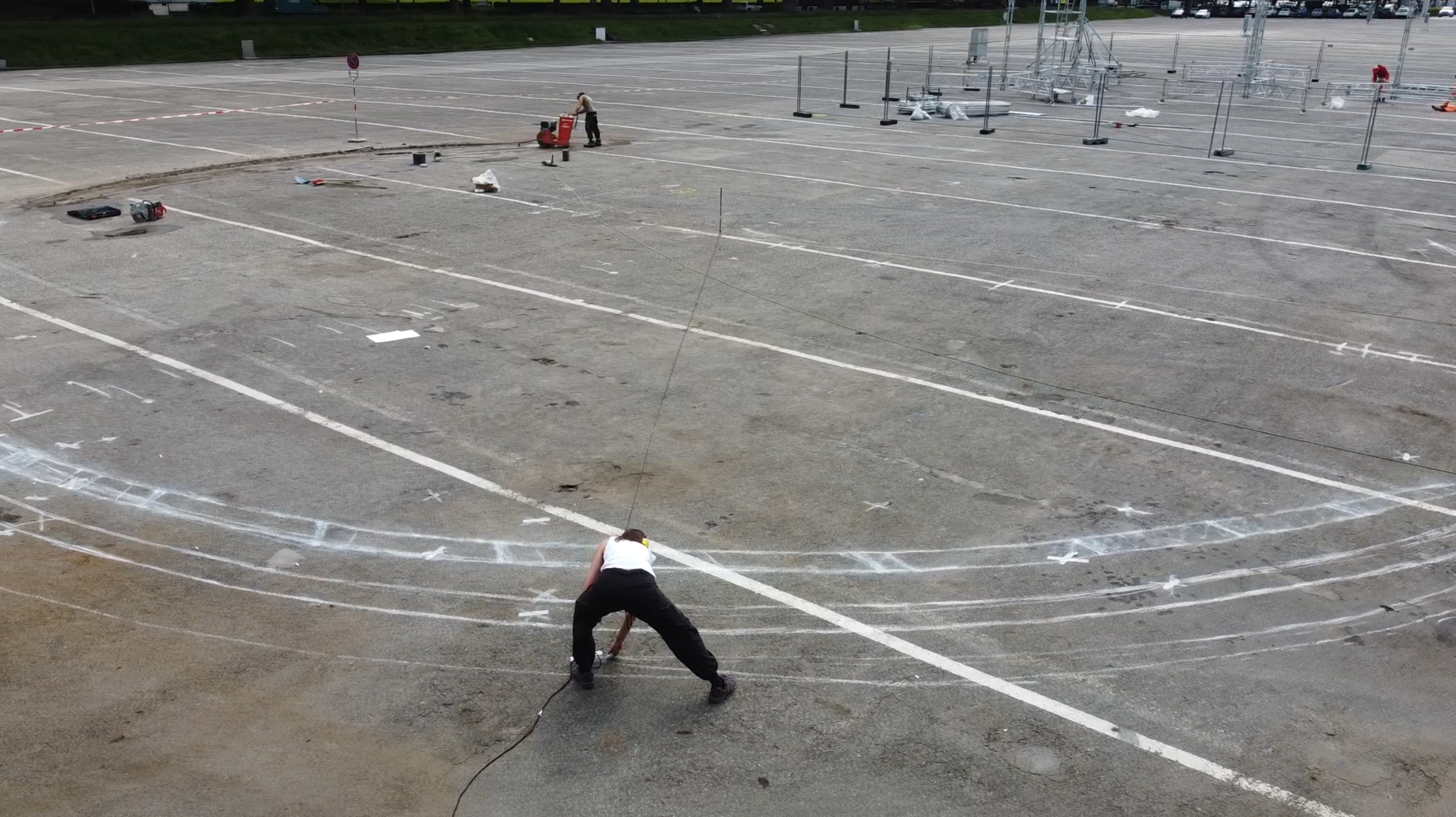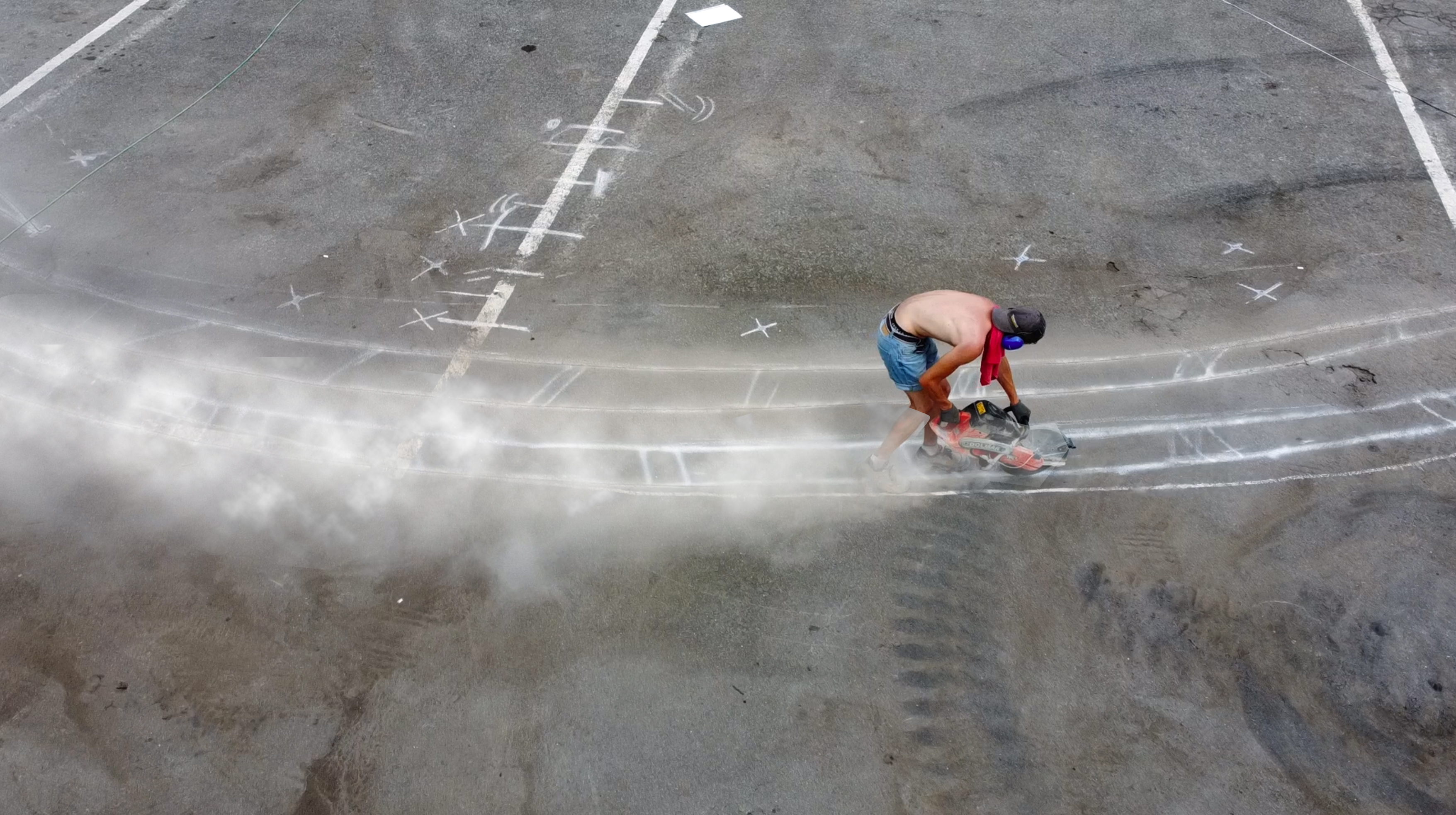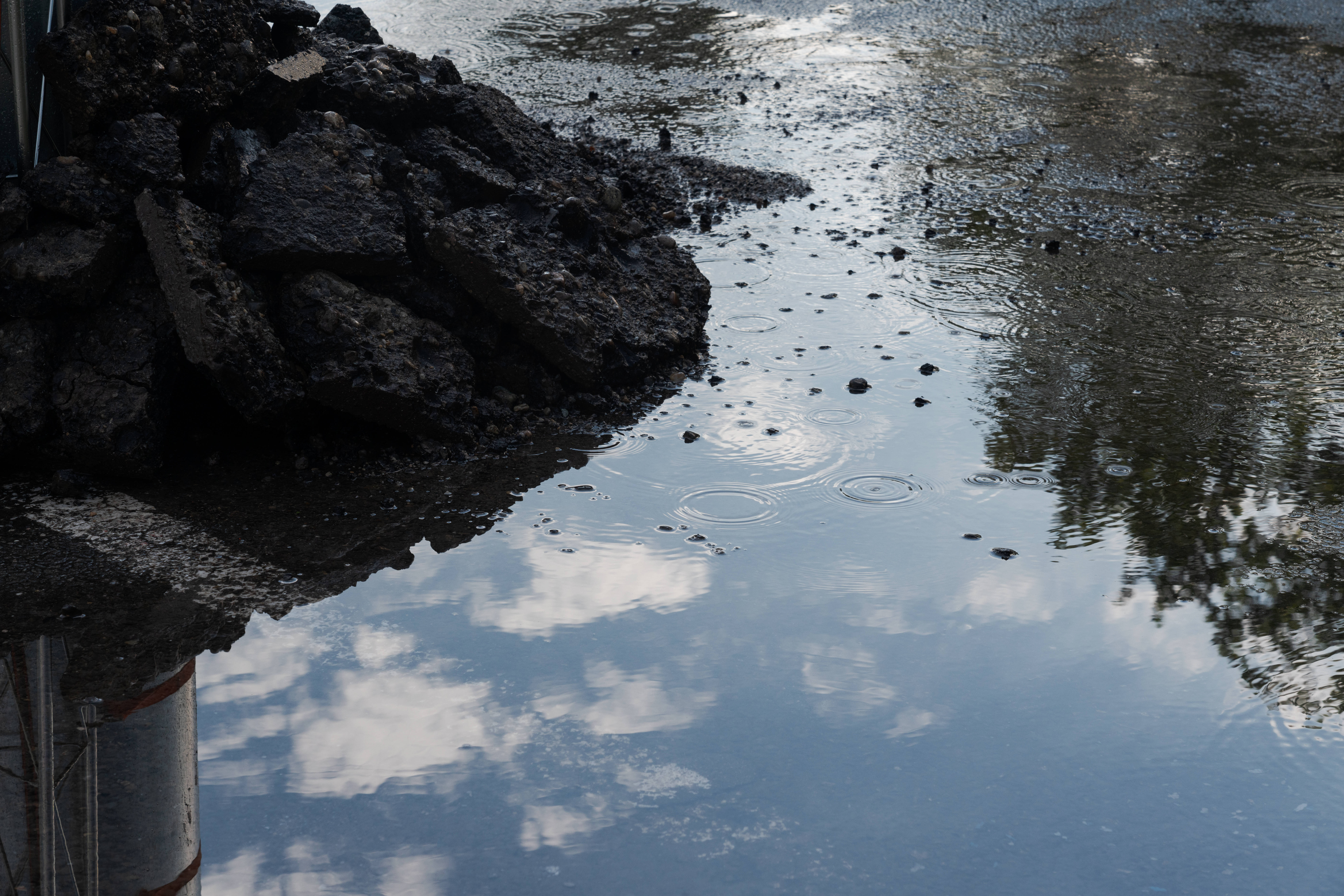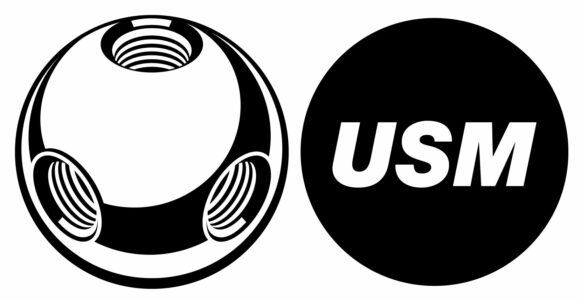Una buena estrategia para crear un mundo que se sostenga en pie, -a medio morir saltando-, podría ser desgarrando los pavimentos de un aparcamiento cualquiera, como lo haría (quizá) Gordon Matta-Clark;
plantando en él unas matas -las mismas que brotan solas, un poco más allá, como lo haría (quizá) Gilles Clément;
regando esas matas desde lo alto, imitando una escasa lluvia que refresque el juego de los niños en verano, como lo haría (quizá) un surtidor de regadío industrial en el campo o un grifo en una favela;
iluminando con lo que se pueda, con una simple bombilla, como lo haría (quizá) cualquier pagano.
Todos estos objetos-ideas, frágiles en sus dimensiones y apariencia, deberían encerrarse en un círculo de límites rasgados, que contenga una cierta arrogancia informal en su falta de presencia, como lo haría (quizá) Cedric Price.
En fin, esa sensación de “bien de nadie” es lo que convierte al proyecto Craquelures dans le réel en el ganador del premio FAD Internacional 2025.
Smiljan Radic sobre Craquelures dans le réel durante la ceramonia de los premios FAD 2025
Craquelures dans le réel, awarded at Lausanne Jardins 24, reimagines the Bellerive parking lot as a landscape manifesto. It explores the shifting relationship between cars, time, and nature. Landscapes are never fixed. They change over time. Seasonal cycles affect them, as do longer natural rhythms. The only constant is transformation. Natural forces such as erosion, sedimentation, and plant succession reshape them continuously. Human actions also leave their trace. Beneath the meadows, paved roads, tree pits, and concrete edges along the lake, there is hidden soil. This ground once belonged to the lakebed. Now it forms part of the shoreline. It has become fertile terrain, cultivated and shaped by human use. It appears today as a managed landscape.
Plowing is reintroduced here as a symbolic and physical gesture. It becomes a metaphor for the occupation of nature. When applied to asphalt, it interrupts both the place and its visitors. The act reveals layers of matter and memory. A rope guides the plow in wide circles. Each has a radius of fourteen meters. These movements carve furrows into the surface. As asphalt is lifted, the earth is revealed beneath. Water flows into the center through an irrigation system. It stands for renewal and recovery. The soil, once sealed and dry, begins to breathe again. Moisture restores its fertility. Conditions improve for plants to grow. Ruderal species and sown crops begin to appear along the cracks. Three elements rise from this new ground. A harvesting tool. A structure with light. A sound device that broadcasts birdsong. These instruments create a changing environment. Animals are drawn in. Nature and artifice now exist side by side. Their balance is affected by the flow of nearby traffic.
A garden begins to take shape. Time becomes its main source of nourishment. Each gesture leads to the next. The rhythms of the old and new landscape respond to each other. Life cycles unfold both above and below the surface. This is the beginning of a new process. Another transformation begins. It shows that nature depends on scale, on connections between species, and on the relationships between humans, soil, and water. These forces shape complex and living landscapes.
